Strategies for Planting Soybeans Late
What to consider if rain delays soybean planting past May 15. As we progress later into the soybean growing season, you may be asking yourself how to reach the full yield potential for late-planted soybeans. A University of Illinois soybean planting date study discovered that the soybean crop is not able to reach 100 percent yield potential if planting moves past May 10 (Figure 1). However, this is not the time to give up on the crop. Soybeans are amazing plants and can make the best out of bad situation. Here are a few tips to help reach full [...]
Dry Soils and Residual Herbicides
Article originally posted on the Bulletin. Decades ago it was very common for the majority of corn and soybean acres in Illinois to be treated with one or more soil-residual herbicides before crop/weed emergence. During the 1980s, commercialization of broad-spectrum, postemergence herbicides began the shift away from widespread use of soil-residual herbicides; products such as Basagran, Classic, Accent and Pursuit contributed to the early adoption of postemergence weed control programs. The era of total postemergence weed control reached its zenith following the widespread adoption of glyphosate-resistant crops and the concomitant use of glyphosate. However, the evolution of glyphosate resistance [...]
Checking the Pulse of Nitrogen Fixation
How much nitrogen is your soybean crop capable of fixing? Soybeans fix nitrogen. With soybean yields of 40, 50 or even 60 bushels per acre, fixation, residual nitrogen and nitrogen mineralization provide more than enough nitrogen to produce bushels and pounds of protein per acre. But today many scientists and agronomists are beginning to question whether nitrogen is becoming a limiting factor in soybeans as we move into the 70-, 80- and 90-plus bushel range. Farmers can improve fixation by making sure soil has a near neutral pH, low EC and sodium, and has good structure and aeration so [...]
Top 5 Reasons to Reduce Your Soybean Populations
Original article posted on the Burrus Buzz. Seeding rate, actual plant population, and row spacing are all tied together. In the past, a higher soybean population was used for faster canopy to intercept light and reduce weed competition. With greater use of residual herbicides, increased populations to aid in weed control is no longer needed. With higher seeding rates, soybeans can increase in height and produce pods higher off the ground, which could reduce harvest loss from lower branch lodging. However, disadvantages of higher planting populations are much more numerous and include lodging, plant competition, increased disease pressure, as [...]
Soybeans are planted. Now what?
Now that your soybeans are up, take time to evaluate your soybean stand. Once a soybean seed is planted it’s in the hands of Mother Nature. We rely on her to provide the moisture and heat needed for emergence to start. To insure optimum stands, it’s important to protect emerging cotyledons. These plant parts are storage structures that provide food the emerging plant needs through the first week of its emerged life cycle. Emergence: Once a soybean has absorbed 50 percent of its weight in moisture along with heat that is supplied from the soil, it will begin to [...]
WET WEATHER AND EVALUATING SOYBEAN STAND
Original article posted on C.O.R.N. Newsletter. Saturated soils after soybean planting can cause uneven emergence and stand reductions of varying extent depending on the stage of the soybean plant and other environmental factors including temperature and duration of saturated conditions. Additionally, increased disease incidence may further reduce plant stand. Saturated Soil Prior to Germination: While soil moisture is necessary for germination, soybean seeds will not germinate when soils are saturated because oxygen is limiting. Saturated Soil During Germination: Saturated soils during soybean germination may cause uneven emergence. In a laboratory study, soybean germination was reduced by ~15% after only [...]
Checking the Pulse of your Soil
Have you checked the health of your soil lately? Checking respiration of your soil is like checking your pulse—indicating your health level, but not what may be impeding or stimulating it. Checking the health of your soil is easy. You probably are checking a few things already and don’t know it. When you run a soil test and measure pH and organic matter you know some of the elements that contribute to soil health. Soil health is determined by chemical, physical and biological properties. Some of the most common chemical soil indicators are organic matter, pH, salinity and electroconductivity [...]
Bean Leaf Beetles: The pest that keeps on giving
Bean leaf beetles are usually the first insect pest to attack soybeans early and come around later for another bite as well. Bean leaf beetle is a pest that attacks the soybean throughout the growing season. It is important to learn to identify it early, and keep watching for its effects as the crop develops. As soon as planting winds down and soybeans begin germinating and emerging, soybean pests begin their assault. One of the most visible early pests of soybean is the bean leaf beetle (BLB). The adult BLB is about ¼ inch long and its coloration can [...]
Time to think about Brown Spot control
Septoria brown spot (SBS) is the second biggest disease threat to soybean yield after soybean cyst nematode. Since SBS can potentially reduce soybean yield more than most farmers and agronomists realize, consider additional attention and control measures to manage this disease. SBS, also known as brown spot, is a fungal leaf spot caused by Septoria glycines, a common disease of soybeans not only in Illinois, but throughout the entire Corn Belt. Nearly every soybean field in Illinois experiences some level of brown spot infection annually. However, for years none of us considered this disease a real threat to yield. [...]
Webinar: Optimizing Crop Nutrition With Tissue Testing
Jason Haegele from WinField United explains the basics of tissue testing, including nutrient uptake and interaction, sampling methods, sufficiency levels, and how to interpret results. Key Takeaways The Yield Game & Nutrient Management To increase yields, better in-season management is needed Today, optimal fertility (and high yields) is gained by: Tissue testing and applying specific essential nutrients at optimal growth stages How does tissue testing help with maximum nutrient uptake? Simple, effective tool for understanding crop nutrient needs Measures nutrient levels in the plant throughout the season whereas soil tests measure at one point in time Insights drive quick [...]

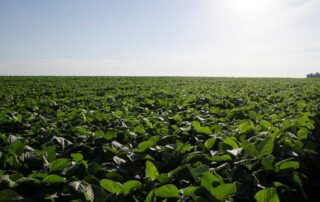
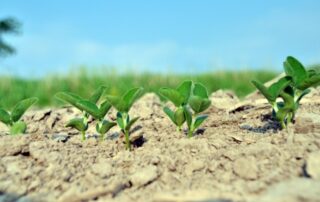
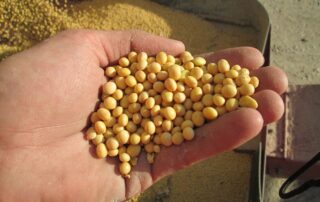
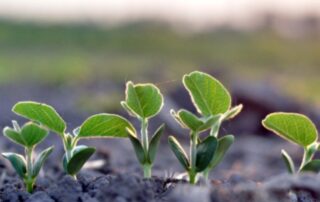
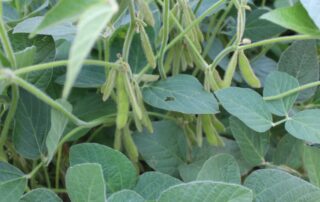
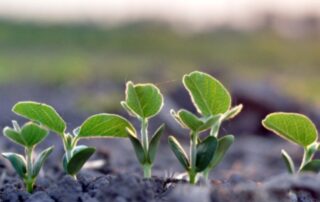
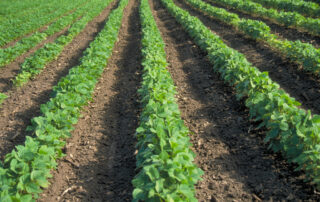
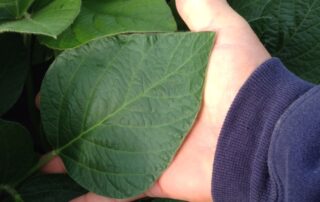
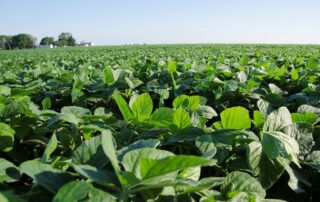
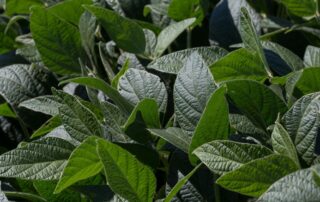



 and then
and then